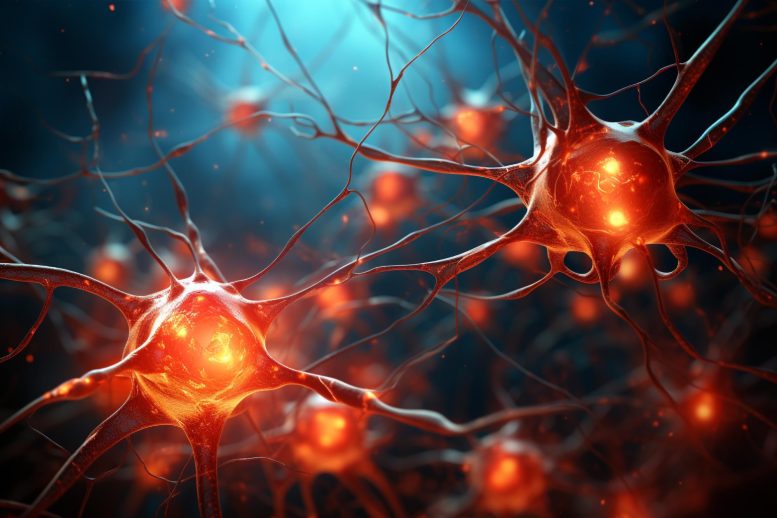
A new study by the Institut Pasteur, CNRS, and Inserm has unveiled a brain circuit that senses and regulates anti-inflammatory responses, bridging the gap between the brain and the immune system. This discovery, published in Neuron, presents new research avenues in neurobiology and immunology.
How does the brain alter our behavior in response to an infection or injury? A multidisciplinary team of scientists from the Institut Pasteur, CNRS, and Inserm have revealed the existence of a neural circuit crucial in sensing and also in the regulation of the anti-inflammatory response orchestrated by different brain regions. This circuit detects inflammation in the blood and organizes and regulates the immune response. It embodies a two-way connection between the brain and immune system.
Whenever infections or injuries occur, the immune system is triggered to control the infection and repair damaged tissue. This process involves the release of pro-inflammatory mediators that inform the brain of the body’s immune status and coordinate the immune response.
Sickness Behavior and the Role of a New Brain Circuit
In response to this signal, the brain triggers a complex reaction known as “sickness behavior” whose purpose is to reassign energy to the body’s different systems. This state is associated with behavioral changes including social avoidance and lethargy, metabolic adjustments such as fever and loss of appetite, and the release of hormones such as cortisone, to increase resistance to infection while also regulating immune responses.
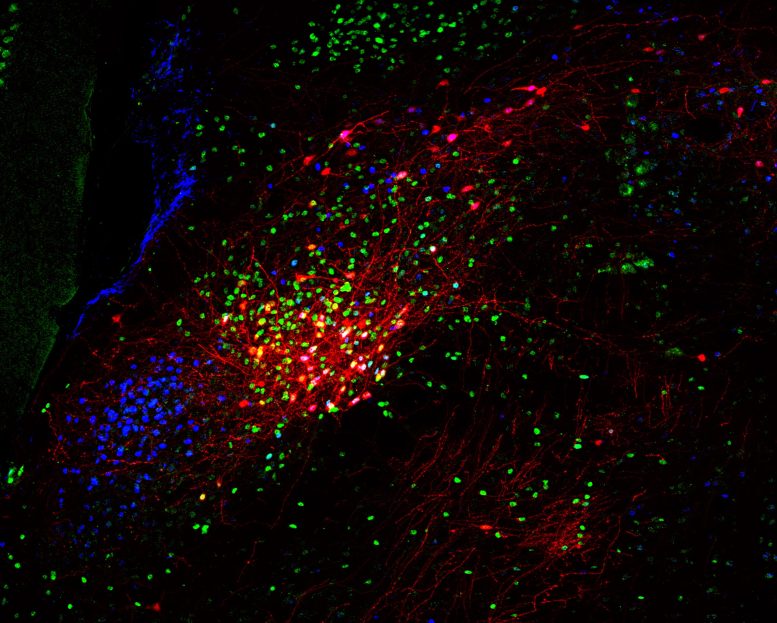
The red-stained neurons project throughout the brain to control the release of stress neurohormones when an inflammatory signal is detected in the blood. The green-stained neurons are a subpopulation of the parabrachial nucleus. The blue staining shows all the brain cells’ nuclei. Credit: © Institut Pasteur / Ferdinand Jagot
In this study, a multidisciplinary group consisting of neurobiologists and immunologists from the Institut Pasteur, Inserm and the CNRS discovered a novel circuit used by the brain to measure inflammation levels in the blood and, in response to this, regulate inflammation.
A region of the brainstem known as the vagal complex directly detects levels and types of inflammatory hormones in the bloodstream. This information is then relayed to neurons in another region of the brainstem called the parabrachial nucleus, which also receives information related to pain and certain aversive or traumatic memories. In turn, these neurons activate neurons in the hypothalamus leading to a rapid increase in cortisone, a hormone with anti-inflammatory properties, in the blood.
The scientists utilized cutting-edge neuroscience methodologies to identify this circuit, allowing them to individually observe the neurons involved during inflammation. They observed how the activity of specific neurons in the parabrachial nucleus could govern the production of white blood cells involved in the immune response.
The Influence of Neural Activity on Immune Responses
“This research demonstrates that neural activity in the brain alone can have a powerful effect on the development of immune responses during infection or injury. It, therefore, provides a clear example of the powerful two-way connection between the body and brain. It also fuels our ambition to discover the impact of our brain on the way we interact with microbes, fight off pathogens and heal wounds,” explains Gérard Eberl, Head of the Institut Pasteur’s Microenvironment and Immunity Unit.
The discovery of this circuit opens up new opportunities for research that will jointly contribute to the fields of neurobiology and immunology: “This study gives us additional tools to better understand the impact of systemic inflammation on our brain, mood and on certain neurodegenerative processes,” adds Gabriel Lepousez, a neurobiologist in the Perception and Memory Unit (Institut Pasteur/CNRS).
The Potential of Neuro-Immune Communication
Given the established role of the parabrachial nucleus in aversive memory processes, potential infectious threats could be averted if this circuit is reactivated by the memory of past inflammatory or aversive experiences. Drawing on this neuro-immune communication, the immune system could therefore benefit from the brain’s ability to predict and anticipate threats in our environment.
Reference: “The parabrachial nucleus elicits a vigorous corticosterone feedback response to the pro-inflammatory cytokine IL-1β” by Ferdinand Jagot, Romane Gaston-Breton, Ana Jeemin Choi, Maud Pascal, Lena Bourhy, Romane Dorado-Doncel, Karl-Klaus Conzelmann, Pierre-Marie Lledo, Gabriel Lepousez and Gérard Eberl, 5 June 2023, Neuron.
DOI: 10.1016/j.neuron.2023.05.009
This research was funded by the organizations cited above and also by AG2R-LA MONDIALE and MTRL.


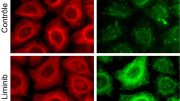
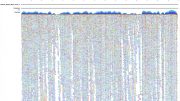
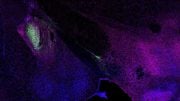

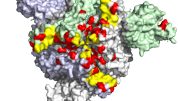

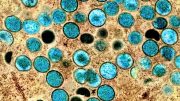
Be the first to comment on "A Paradigm Shift in Neurobiology: The Brain’s Anti-Inflammatory Circuitry Revealed"